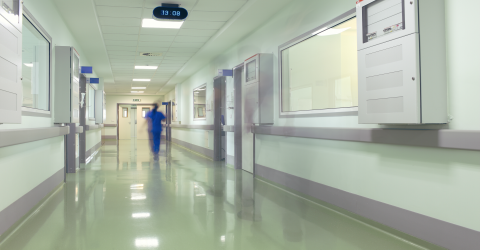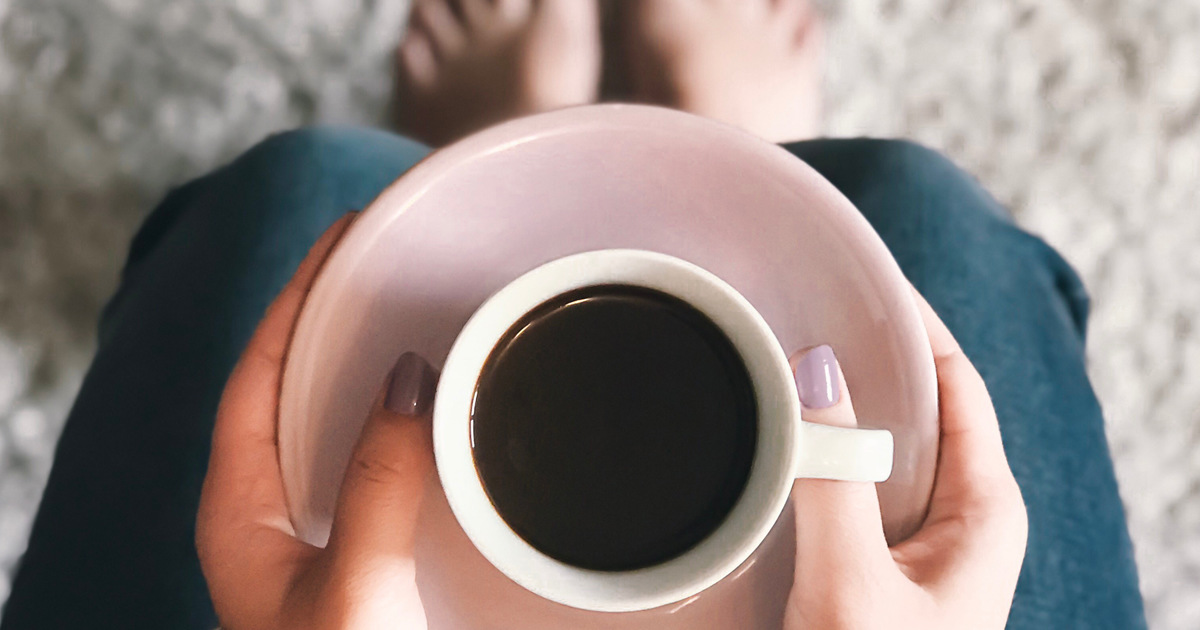 In healthcare, our number one job is to figure out how to lower fear, anxiety, trepidation, and surprise so we can create peace of mind for patients and families. So how do we do it? One key can be found in a most unlikely place: with our volunteers.
In healthcare, our number one job is to figure out how to lower fear, anxiety, trepidation, and surprise so we can create peace of mind for patients and families. So how do we do it? One key can be found in a most unlikely place: with our volunteers.
My daughter was ordered to get a precautionary MRI at a hospital we’d never visited before. It was enormous and a bit overwhelming. It was as if we were standing in the body of an octopus and there were eight legs of hallways leading this way and that. We had no idea where to go.
(Note: In the absence of information, chaos fills the void. As a mom, when my kids are sick, I sometimes feel like I’m my own worst enemy. I have no medical training or expertise so, naturally, I jump to the worst case scenario of what could possibly go wrong. Before I know it, I’m in a full-on panic.)
We approached the huge information desk and asked where we could find “Station 11.” She smiled and said, “Oh you must be looking for the imaging department. Let me get one of our trusted volunteers to walk you there.”
And with that, she flagged down one of the many volunteers who were busy helping visitors and guests navigate their way. She called over a friendly looking elderly gentleman named John who had wisps of white hair atop his balding head. As he walked toward us, he made eye contact with both my daughter and me. He smiled, shook our hands, and said, “So, I understand you’re headed to Station 11, right? I’m happy to show you the way.”
Our Human GPS
He led us around the desk and off down one of the octopus-arm hallways, talking as we walked.
This here is the main floor of the hospital. There are some restrooms and a deli just over there if you want to grab a bite on your way out.
As we walked, he pointed out the restrooms and water fountains. He was like a human GPS only he did something a computer or a printed set of directions couldn’t. John didn’t just point the way or give us a set of directions, he talked to us and reassured us every step of the way. And although I didn’t realize it at that moment, he helped lower and remove a lot of my and my daughter’s fear and anxiety. Isn’t that what Florence Nightingale has been reminding us of for the last 100 years or so?
We kept walking and John kept talking to us.
See that large wooden door coming up on your left? We’re going through that door to cross into another section of the hospital.
He opened the door for us and told us this was the wing that connected to the imaging centers, which are not officially part of the hospital.
He pointed to the floors as we walked.
See how we’re walking on blue and white tile floors now? Well as soon as the floor changes to a solid sandy color, we’ll be in the building with the imaging equipment. We did that on purpose to give folks a tool so they can find their way around. So when you’re finished with your appointment and are heading back, just watch for the floor to change and you’ll know where you are.
He led us down another hallway with doors on either side. Large numbers loomed over each door and were visible the length of the hallway. We could easily see the door we wanted: Station #11.
He opened the door for us, smiled and waved at the receptionist, Ruth, (who greeted him by name). He reminded us of his name once more and said, If you need anything, just have Ruth give me or any of our volunteers a holler and we’ll come get you.
Our MRI appointment hadn’t even started yet, but we were already feeling more at ease than we did when we first arrived. We were still nervous, but we felt like we were in good hands, thanks to the care we received from John.
Intentional Actions Have Intentional Impact
All of the little things John did mattered. They were intentional and they had an intentional impact. And most of all, they held tremendous power in the creation of an exceptional experience for my daughter and me.
I use the word exceptional because I truly didn’t expect this kind of service. I expected to bring my daughter for an MRI. I expected her to receive excellent clinical care (which she did). But I didn’t expect to be greeted warmly at the entrance to the hospital and then personally escorted along a maze of hallways to my destination and then finally, to be given friendly, way-finding tips involving the color of the floor or the location of a cafe. In short, I didn’t expect to gain greater peace of mind on a day that started out as rather stressful.
Volunteers by definition aren’t paid for their services. But their work can be invaluable and yes even priceless when it comes to setting the stage for an exceptional patient experience.
***************
Our team offers customized training to care teams across every department in a hospital or healthcare system, including valet parking, security, environmental services, sterile processing, and volunteers. To talk with us about creating a customized training program for your organization, contact us here.





